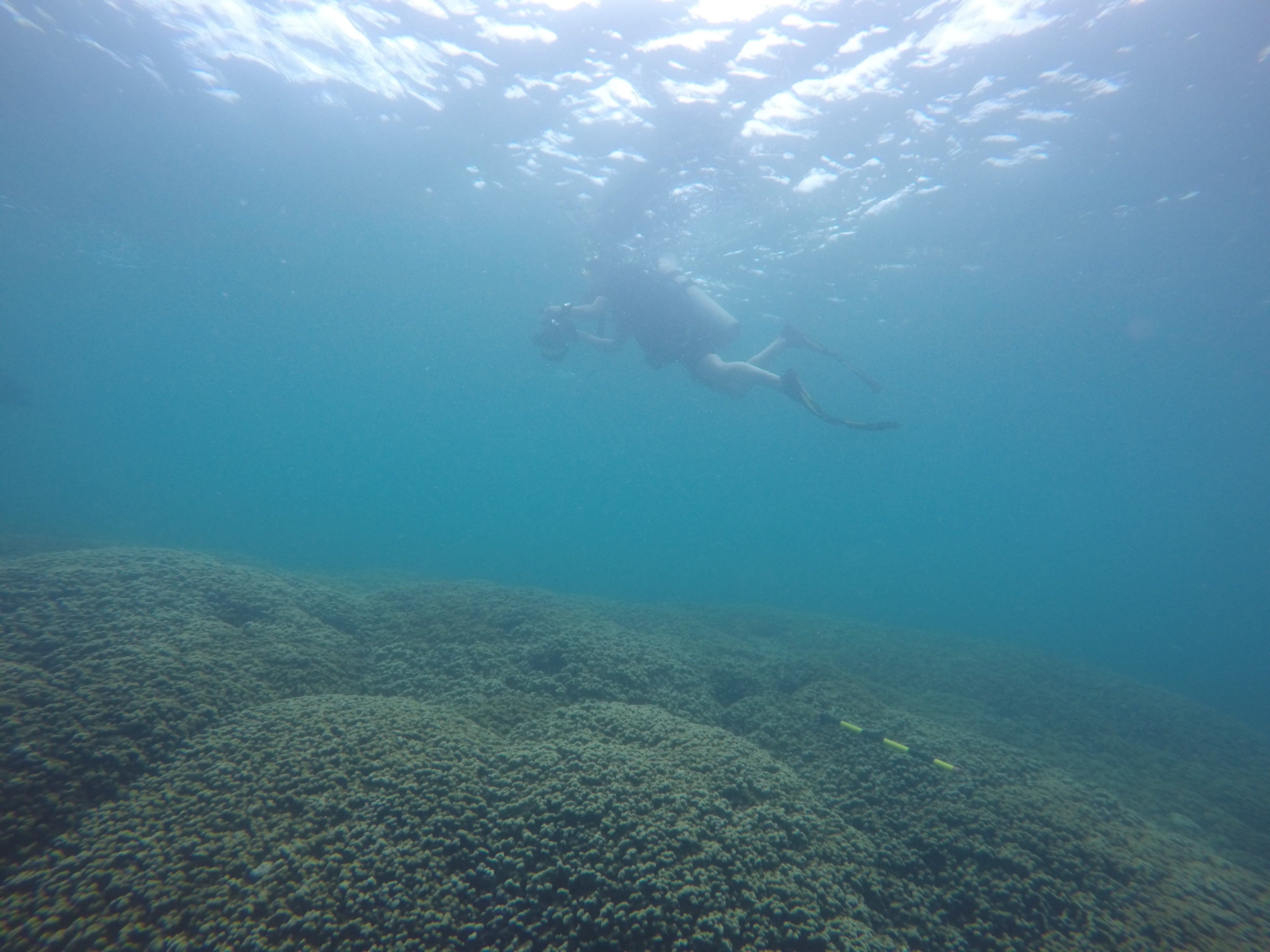In-water Validation
In-water (in situ) measurements are required to validate CORAL data products. During CORAL field campaigns three types of data will be collected:
Optical
These data will help validate algorithms that predict how light travels through the atmosphere and water column. CORAL scientists will deploy a system of floating sensors (left) across each study site, timed to coincide with flyovers of the plane and PRISM instrument.
The Hyper-SBR instrument will measure downwelling irradiance (light traveling downward to the surface of the water) and upwelling irrandiance (light leaving the water’s surface). This instrument will be provided and deployed by Dr. ZhongPing Lee, Professor of Optical Oceanography, School for the Environment, University of Massachusetts Boston, and a CORAL Co-Investigator.
The IOP (inherent optical properties) cage contains sensors that measure the seawater’s optical properties and the scattering of light at different angles in the water column. These data tell us how light travels through the water: how much is absorbed, how much is scattered, etc. This instrument is owned by the University of Hawaii and will be deployed by Dr. Heidi Dierssen, Associate Professor of Marine Sciences/Geography at the University of Connecticut, also a CORAL Co-Investigator.






